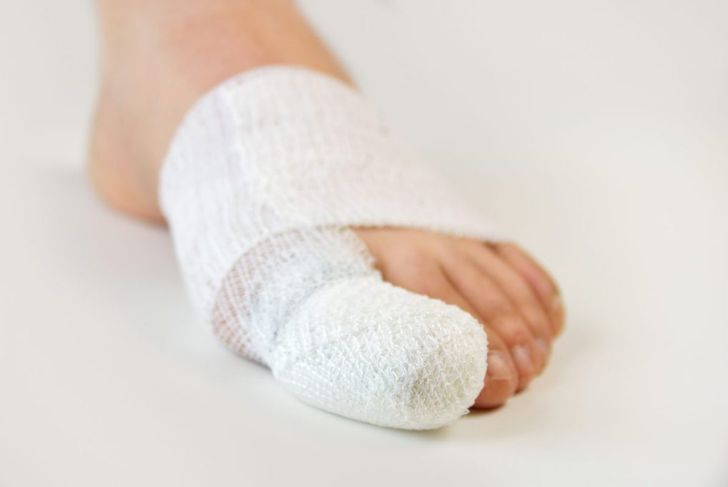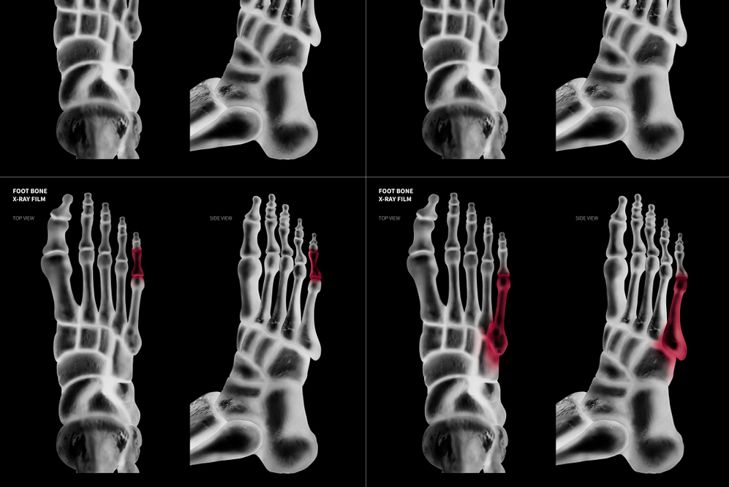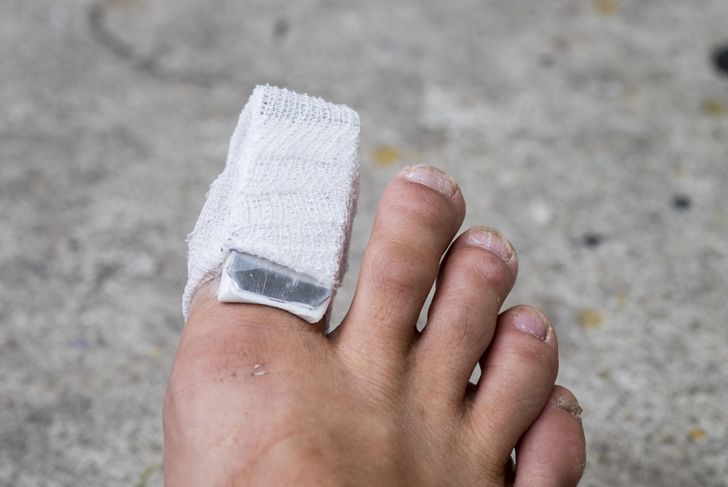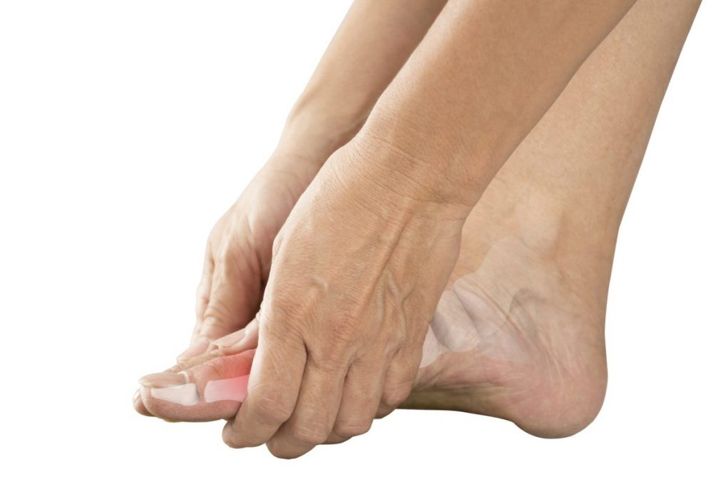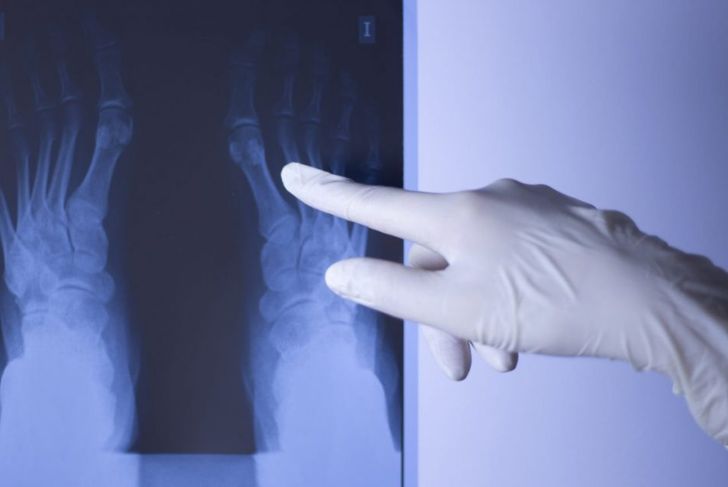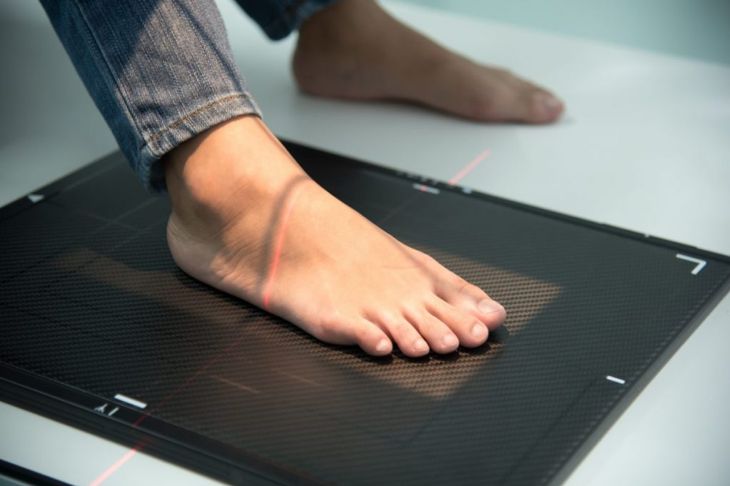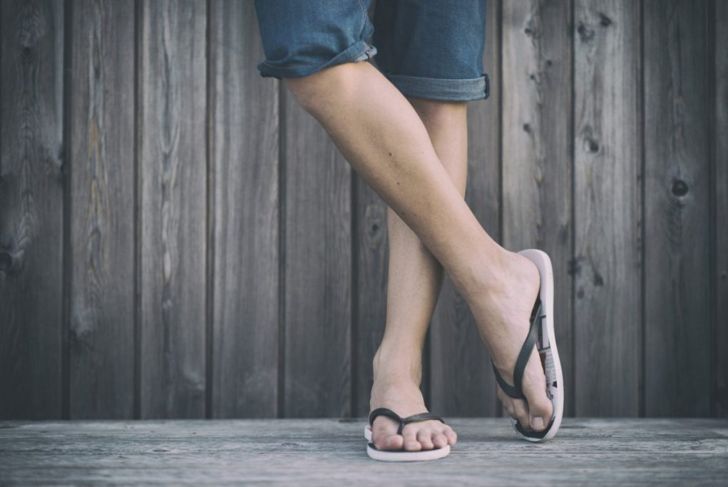Broken toes are common injuries. They range from mild irritation to long-lasting pain or even amputation. The causes of a broken toe are myriad, but the majority come from trauma of some kind, often simple accidents.
Signs and Symptoms of a Broken Toe
Toe injuries vary case by case. Signs and symptoms include swelling, redness, blood under the toenail, pain when walking or standing, abnormal appearance, tingling, and open wounds.
When Should You See a Doctor?
Many toe breaks won’t require a doctor at all, but it’s better to be safe than sorry. At home, examine the toe daily, taking note of any new symptoms, as well as cold, numbness, new open wounds or bleeding, or blue or gray colored skin. If you notice any of these, see a doctor.
Immediate Complications
A subungual hematoma is a collection of blood that can develop following a toe break. Your doctor will assess whether drainage is necessary. In some cases, the doctor must remove the toenail. In the event of a compound fracture where the bone is protruding through the skin, the wound will need to be kept clean, and your doctor may prescribe antibiotics or even surgery.
Long-Term Complications
While rare, some toe fractures leave the patient with pre-arthritis, arthritis, chronic pain, or deformity. Nonunion, where a fracture fails to heal completely, or malunion — improper healing — may force you and your doctor to consider surgery.
What is the Treatment for a Broken Pinky Toe
Pinky toe symptoms are the same as other toes breaks. They rarely affect balance and can generally be treated by you at home using the buddy-taping method. Do this by placing gauze between the pinky toe and its neighbor to prevent blistering and taping the two together, so the second toe acts as a splint. Tape can be removed and replaced for bathing. Keep the broken toe buddy-taped for three weeks or more.
Home Remedies for a Broken Toe
There are things you can do at home to help the toe and raise your comfort level. You always have the option to pick up over-the-counter pain medicines; treating the foot with ice, elevation, and rest can speed recovery, alleviate pain, and help you avoid stressing the injury.
Can Toe Breaks Be Stress Fractures?
If a toe breaks due to something other than trauma, a stress fracture is the most likely culprit. Stress fractures happen following repetitive movement, usually over months or years of jogging or daily work activities. In the case of the toes, they typically occur when the muscles don’t correctly absorb impacts. Symptoms include swelling without bruising, tenderness to the touch, and pain that goes away after rest.
More Serious Toe Breaks
Having your foot accidentally stomped on in a basketball game is very different than having hundreds of pounds dropped on it. For more severe fractures, the doctor may need to set the bone. In some occasions, the doctor may suggest surgery and the placement of a permanent pin. The very last resort in treating a broken toe is amputation.
How Long Do Broken Toes Take To Heal?
Generally speaking, a broken toe takes around six weeks to heal. This includes simple fractures that do not require medical attention. However, this is not always the case, especially when fractures impact the joint. These breaks can lead to longterm pain and stiffness.
Preventing Broken Toe Injuries
There are some common sense prevention methods that can drastically reduce your risk of a broken toe. Don’t stumble around in the dark in unfamiliar locations. Wear steel-toed boots when lifting heavy objects or working in locations where foot injuries are likely. Flip-flops and other open-toed shoes always increase the risk of a toe injury and offer no protection in the event of a fall, dropping of something heavy, or the simple stubbing of a toe.

 Home
Home Health
Health Diet & Nutrition
Diet & Nutrition Living Well
Living Well More
More